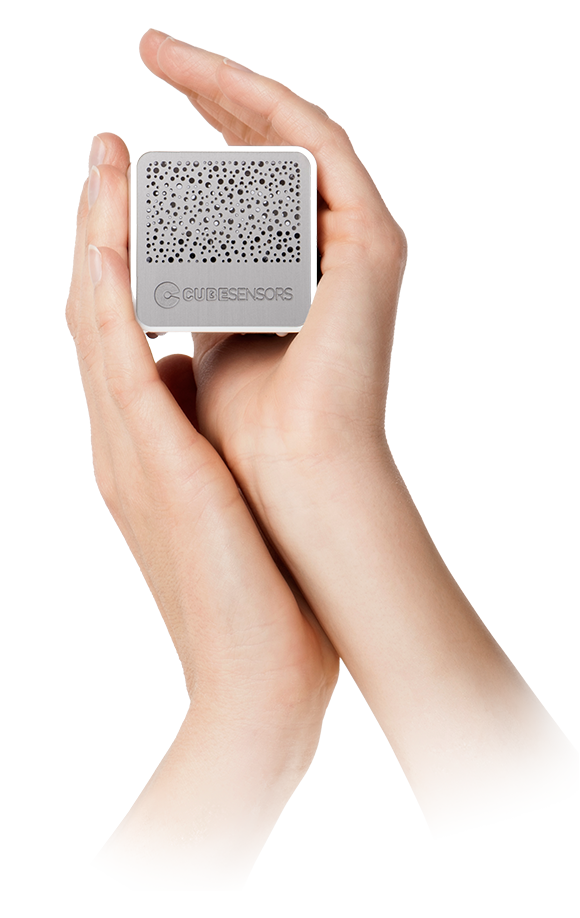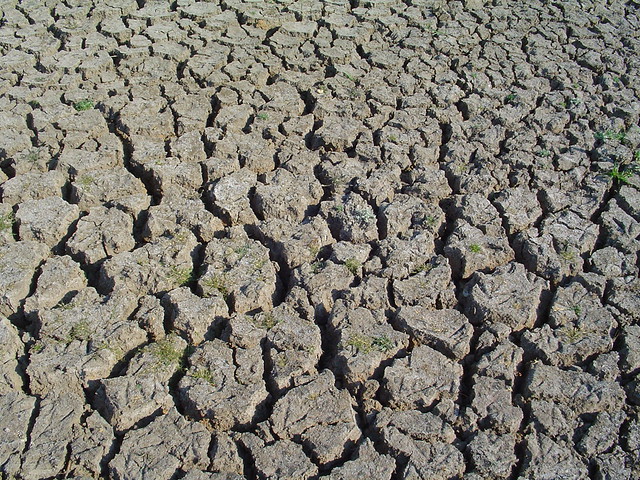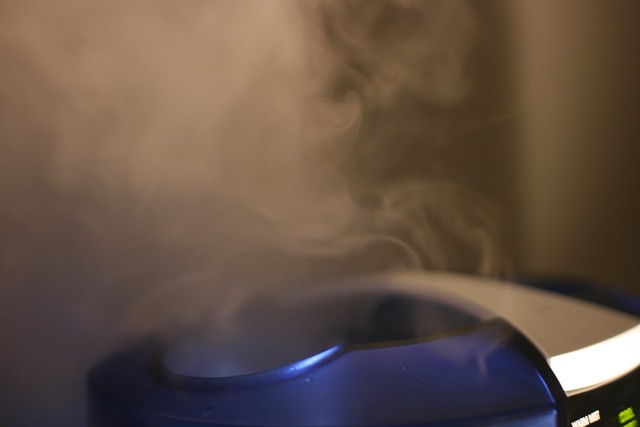Use a humidifier to banish dry air and avoid flu this winter
by Alja Isakovic
Before getting CubeSensors, I could tell it was time to bring out the humidifier when petting my cat started generating sparks from all the static electricity in the dry air. And that was just part of the problem. Dry air, common in cold winter months, can also cause dry skin (which makes wrinkles more prominent!), irritated eyes, nosebleeds, and can even worsen allergies or asthma. On top of all that, flu and other viruses find it easier to spread and survive in dry conditions.
Luckily, there’s a simple solution to these woes that will keep you healthier and better looking throughout winter. The easiest and fastest way to raise your relative humidity above the recommended minimum of 30% is to use a humidifier.
Lower your heating bill with the right humidity
Humidifiers come in all shapes, sizes and price ranges. Most common are portable humidifiers that are used to add moisture to the air in a single room. If you live in a climate with low humidity throughout the year, you might also consider installing a whole-house humidifier that connects to your building’s HVAC system and maintains the right humidity throughout the house.
When considering cost, keep in mind that a good humidifier could help you lower your heating costs. You’ll feel warmer when the relative humidity is between the recommended range of 40% to 50%.
Tips for choosing the right humidifier
Portable humidifiers can produce either cold or warm mist. Warm mist humidifiers heat the water before releasing moisture into the air. Which is great for destroying bacteria in the water. But not so great if you have children around, as the warm mist can cause burns. That’s why cold mist humidifiers are a safer choice for most families.
The downside of cold mist humidifiers is that they can spread mold and bacteria into the air if the water or the humidifier isn’t clean.
There are three basic types of cold mist humidifiers. Impeller humidifiers use high speed rotating disks to release water drops, while ultrasonic humidifier use ultrasonic vibrations to create their cool mist. These two types of humidifiers can release white dust into the air; a lesson I learned the hard way after opening an iMac that was sharing the room with an ultrasonic humidifier. White dust is the byproduct of water minerals and not harmful by itself, just inconvenient. To avoid white dust you can either get a humidifier with a demineralization cartridge or use distilled water instead of regular tap water.
The third type of cold mist humidifiers are evaporative humidifiers, which include an absorbent wick and a fan that blows air onto the wick to help water evaporate faster.
Keep your humidifier clean and monitor your humidity
Regardless of which type of humidifier you choose, it is very important to replace the water and filters regularly, and clean the device according to the manufacturer’s instructions. Newer models often include antibacterial technology that can help you maintain the water clean for longer.
See the humidifier’s specifications to see how much area they can cover. Usually it’s best to choose a humidifier that promises to cover a bigger area than that in your room. When placing portable humidifiers in your home, consider using them in rooms where you spend most of the time. For instance, a good place to have your humidifier is your bedroom or your children’s bedroom, where dry air affects us the most.
Just make sure not to keep your humidifier running when it’s not needed. Dry air isn’t good for you, but neither is high humidity, so don’t turn your home into a swamp. Your relative humidity shouldn’t climb over 55% or you might make it too comfortable for mold to start growing, so do keep an eye on relative humidity levels to maintain a healthy living environment at home or work.


